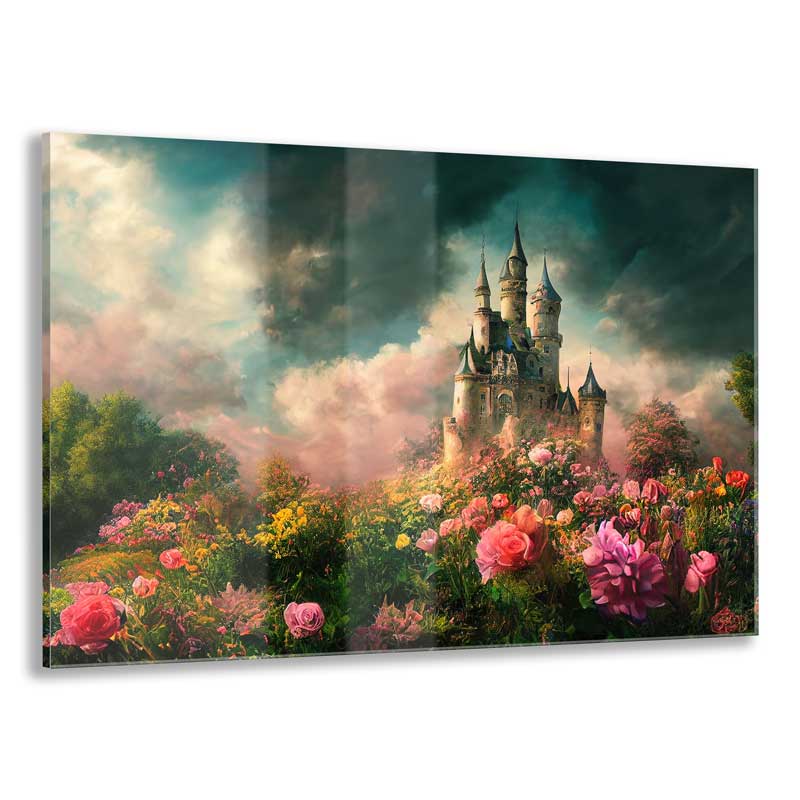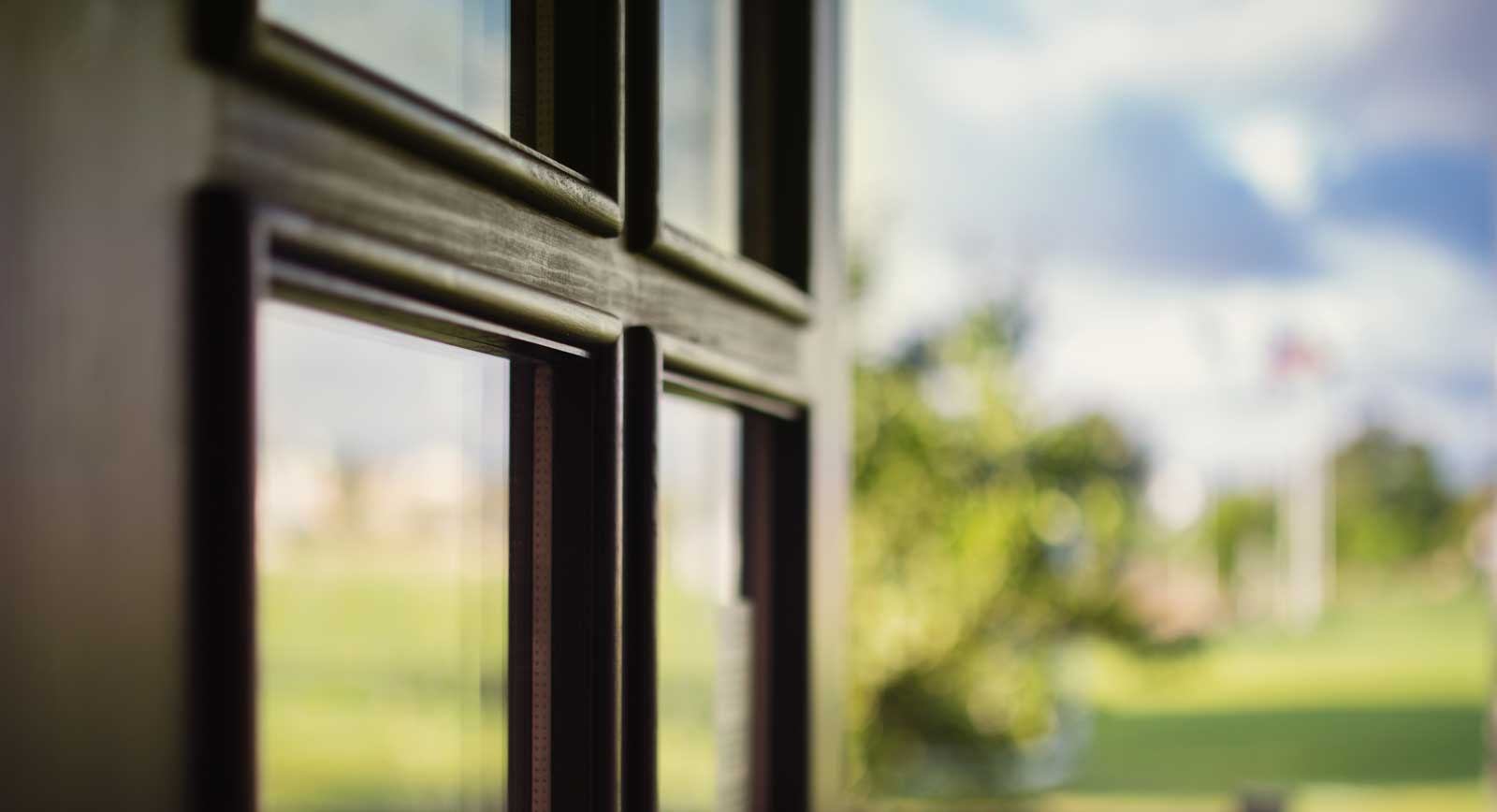People new to framing may hear framers talk about glazing. I had one artist once ask when we said we offered “glazing” if it was some sort of poly-acrylic or resin coating like a liquid laminate. The answer is no. In picture framing, “glazing” refers to the protective pane that is placed over the artwork or photograph to protect it from dust, dirt, moisture, and UV light. Glazing can be made of various materials, including glass, acrylic, and plexiglass.
Glass is the most traditional and widely used glazing material. It is available in different types, such as regular glass, anti-reflective glass, and UV-filtering glass. Acrylic and plexiglass are lighter and shatter-resistant alternatives to glass, making them a popular choice for large frames or frames that will be shipped.
When selecting glazing, it is important to consider factors such as the artwork’s size and weight, the level of protection required, and the framing budget. The type of glazing selected will affect the overall appearance of the framed artwork, so it is essential to choose a glazing material that complements the artwork and enhances its visual impact.
Whether or not to use glass for glazing in picture framing depends on various factors such as the size and weight of the artwork, the level of protection required, and the framing budget.
Glass is a popular choice for glazing because it provides good protection against dust, dirt, moisture, and UV light. It also has a high level of clarity and does not scratch easily. However, glass can be heavy and breakable, making it less suitable for large or heavy artworks or frames that will be shipped.
If you are framing a small or medium-sized artwork that will be displayed in a stable environment and does not require shipping, glass can be a good option for glazing. However, if you are framing a large artwork or a piece that will be shipped, you may want to consider alternatives such as acrylic or plexiglass.
Ultimately, the choice of glazing material depends on your specific framing needs and preferences, so it is important to consult with a professional framer to determine the best option for your artwork.
There are some situations where it may not be appropriate or necessary to use glazing in picture framing. Prints or original artwork with high surface texture: This would include fine art papers with a high level of texture to them or canvas. But if opting out of glazing under these circumstances, be aware of the risk to your prints by lack of protection. For canvas prints which are more durable, this is less likely to be a problem but for giclee prints on paper, while highly archival, they tend to be more sensitive to mishandling and need to be treated with extra caution. Consider the location of the print. If in a high-traffic area where the artwork could be touched by someone, then glazing will likely be more appropriate.
For original artwork, such as an oil painting with impasto brushstrokes, glazing may not be necessary or desirable, as it can flatten the texture and create unwanted glare or reflection. In these cases, you may want to consider using a varnish or other types of protective coatings to protect the artwork.
And for artworks that are displayed, unframed like a gallery-wrapped canvas, glazing would not likely be used unless as part of an overall encompassing display that covers all sides exposed. Sometimes you may see this in office buildings or hospitals where there is a high level of pedestrian traffic.
In general, I tell people the decision to use or not use glazing in picture framing depends on the specific requirements of the artwork being framed and the desired visual effect. If not framing with FinerWorks, but going with your local frame shop, it is always a good idea to consult with a professional framer to determine the best approach for your artwork.
Should You Consider Glazing with UV Protection?
UV light can cause fading, discoloration, and other forms of damage to artworks over time, especially for delicate materials such as paper or textiles. Therefore, if you are framing an artwork that is susceptible to UV damage or that will be displayed in a location with high levels of sunlight exposure, using glazing with UV protection can be a good idea. UV-protective glazing is designed to filter out harmful UV rays while still allowing visible light to pass through, providing some protection for the artwork.
What About Non-Glare Glazing?
Non-glare glazing, also known as reflective control glazing, is designed to reduce reflections and glare, making it easier to view the artwork from different angles without interference from external light sources.
Non-glare glazing can be a good option for certain types of artworks and display locations, especially those with strong ambient light or where viewers may need to see the artwork from different angles. Non-glare glazing can also be a good option for artworks with high contrast or fine details that may be obscured by reflections.
However, non-glare glazing may not be suitable for all giclee prints. Some types of non-glare glazing can reduce the clarity or vibrancy of colors, making the image appear dull or washed out. Non-glare glazing can also be more expensive than other types of glazing, making it less practical for some framing budgets.
Ultimately, the choice of glazing for picture framing depends on your specific needs and preferences, as well as the needs of the giclee prints being framed.

Order HD Face Mounted Acrylic Prints
Printed on high quality photo paper and face mounted to 1/4″ acrylic with polished edges. Choose between satin luster or metallic photo paper. Included is easy to install hanging hardware in the form of a French cleat.
